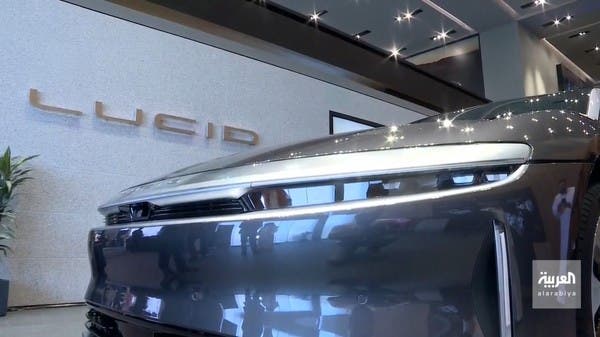The strategy of the Saudi industry favors about 12 sectors, including the automotive sector: the beginning was the laying of the first stone of the Lucid plant in Jeddah, then the announcement of the Saudi brand for the production of electric cars, CEER.
Saudi Arabia’s entry into the automotive industry has been a long-awaited project for decades, but is now at the heart of the national strategy for the industry approved by the Cabinet last month.
Read more: Mohammed bin Salman launches the first Saudi company to produce electric cars
The Kingdom is the largest car market in the Arab region, with 550,000 light vehicles sold in the last year before the Corona pandemic, followed by the United Arab Emirates with around 250,000 cars.
Saudi Arabia and the United Arab Emirates together make up about 4.5% of the global automotive market, which was close to 90 million cars before the pandemic.
The local market provides a platform to launch the auto industry before it continues to export. But the most important strategic consideration is that Saudi Arabia is entering this sector at a time when the sector is seeing a global turning point, with the expansion of the electric and hybrid car industry.
By 2030, the share of conventional cars powered by internal combustion engines is expected to drop to 49%, compared to 30% for hybrid cars and 21% for electric cars.
On this basis, the strategy aims to create two plants for electric cars in the Kingdom with an annual production of 300,000 cars, the foundation stone for the Lucid plant, whose production will reach 100,000 cars, and the CEER brand of Lanciato il Fondo have already been laid. of Public Investment.
The strategy of the automotive industry does not stop at assembly, but includes 13 components that are included at various levels of the supply chain, starting from seats, tires, air conditioning and heating systems, to glass, lithium batteries and engines, and this qualifies Saudi Arabia Arabia will become a regional center for the automotive industry and its components.


/i/2003990816.png?f=meta)